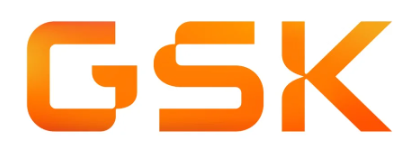Systemic effects of nasal corticosteroids may occur, particularly at high doses prescribed for prolonged periods. These effects are much less likely to occur than with oral corticosteroids and may vary in individual patients and between different corticosteroid preparations. Potential systemic effects may include Cushing's syndrome, Cushingoid features, adrenal suppression, growth retardation in children and adolescents, cataract, glaucoma and more rarely, a range of psychological or behavioural effects including psychomotor hyperactivity, sleep disorders, anxiety, depression or aggression (particularly in children).
Growth retardation has been reported in children receiving nasal corticosteroids at licensed doses. It is recommended that the height of children receiving prolonged treatment with nasal corticosteroids is regularly monitored. If growth is slowed, therapy should be reviewed with the aim of reducing the dose of nasal corticosteroid, if possible to the lowest dose at which effective control of symptoms is maintained. In addition, consideration should be given to referring the patient to a paediatric specialist.
Treatment with higher than recommended doses may result in clinically significant adrenal suppression. If there is evidence for higher than recommended doses being used then additional systemic corticosteroid cover should be considered during periods of stress or elective surgery.
Care must be taken while transferring patients from systemic steroid treatment to Beconase Aqueous Nasal Spray if there is any reason to suppose that their adrenal function is impaired.
Infections of the nasal passages and paranasal sinuses should be appropriately treated but do not constitute a specific contra-indication to treatment with Beconase Aqueous Nasal Spray.
Although Beconase Aqueous Nasal Spray will control seasonal allergic rhinitis in most cases, an abnormally heavy challenge of summer allergens may in certain instances necessitate appropriate additional therapy particularly to control eye symptoms.
Beconase Aqueous Nasal Spray contains 0.02 mg Benzalkonium Chloride in each unit dose, which may cause bronchospasm.
Benzalkonium chloride may cause irritation or swelling inside the nose, especially if used for a long period of time.
Visual Disturbance
Visual disturbance may be reported with systemic and topical corticosteroid use. If a patient presents with symptoms such as blurred vision or other visual disturbances, the patient should be considered for referral to an ophthalmologist for evaluation of possible causes, which may include cataract, glaucoma or rare diseases such as central serous chorioretinopathy (CSCR) which have been reported after use of systemic and topical corticosteroids.



